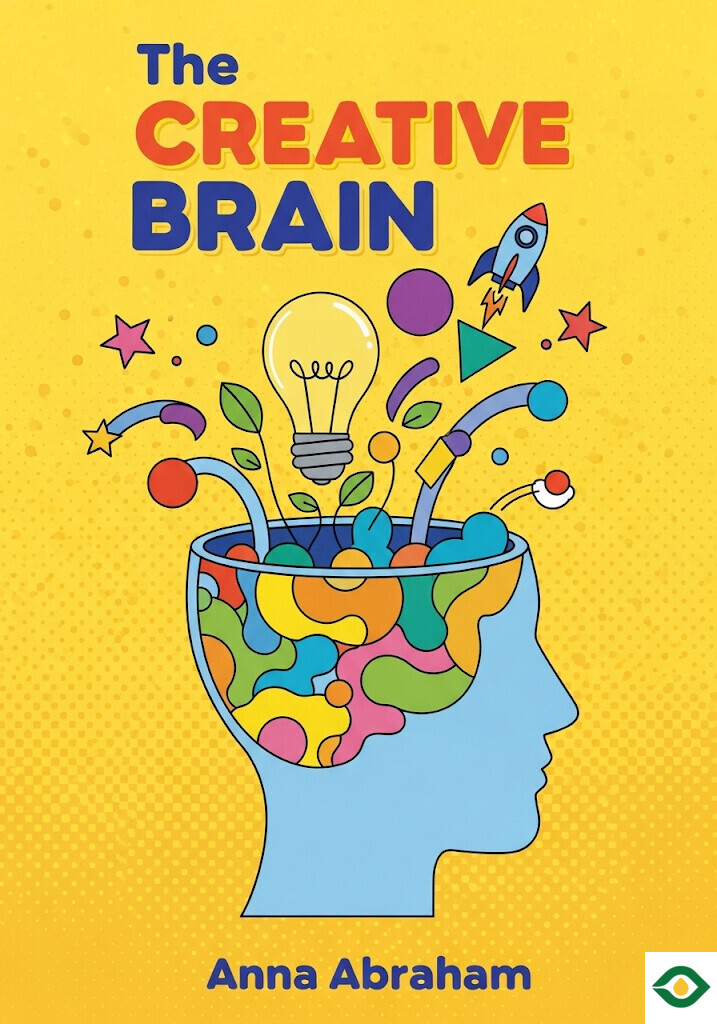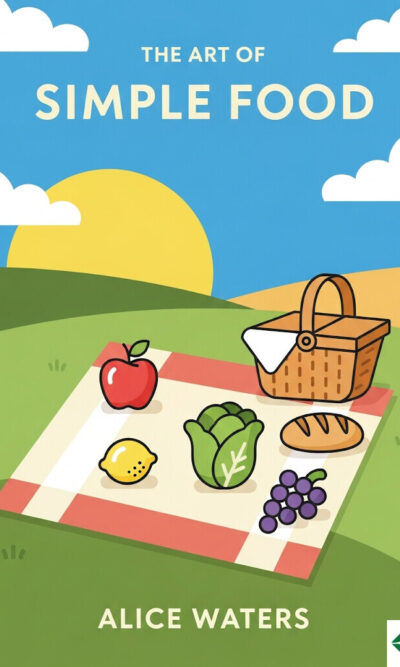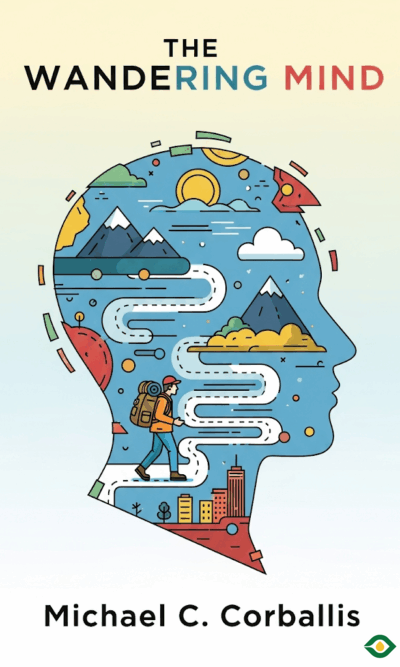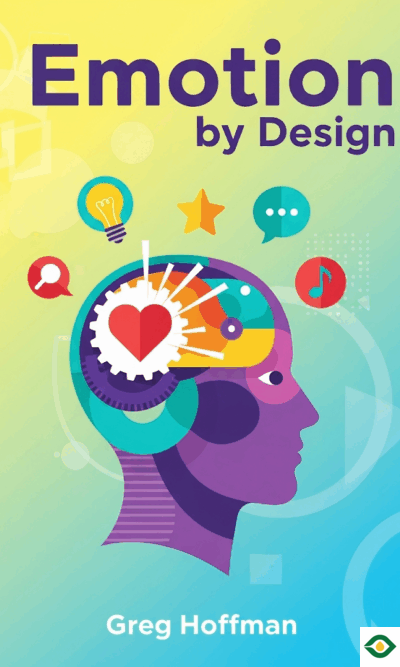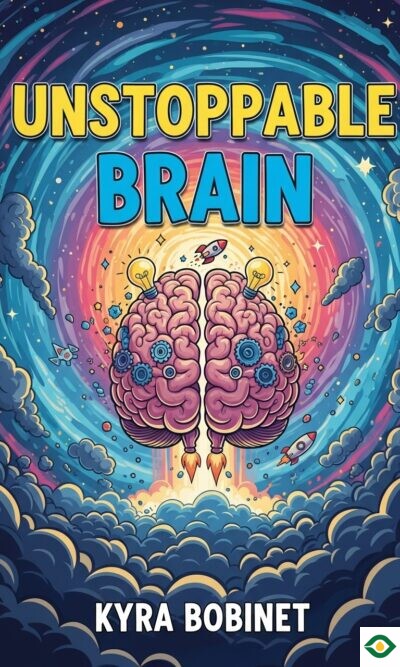Description
Creativity has always fascinated human beings. For centuries, people have wondered what makes someone able to paint, write, compose music, or invent something new. Is it a special gift given only to a few? Is it madness disguised as talent? Or is it something anyone can develop? Neuroscientist Anna Abraham explores these questions and shows that creativity is far more practical, balanced, and human than many myths suggest.
One of the most famous ideas is that creativity lives only in the right side of the brain, while logic belongs to the left. This picture became popular in the 1960s and has stuck around in schools, workplaces, and pop culture. But the truth is more interesting. Both sides of the brain work together whenever we create. The right side may handle things like rhythm, melody, or big-picture vision, while the left side helps with structure, precision, and detail. For example, a musician improvising a solo depends on both hemispheres—the right for emotional flow, the left for timing and technique. An artist sketching a portrait uses the right to see shapes and feelings, but the left to guide the hand with accuracy. Creativity is not about choosing one side of the brain but about both sides talking to each other.
Another common belief is that creative people must suffer for their art. Think of the image of Van Gogh painting while in despair, or the stereotype of the tortured poet writing late at night in sadness. This myth is powerful but dangerous. It has discouraged many artists from seeking help for depression, anxiety, or addiction because they fear losing their creative spark. Research shows that severe mental illness usually blocks creativity instead of boosting it. What may be true is that some creative people are more emotionally sensitive. They feel both joy and pain more deeply, and this sensitivity can inspire art. But the idea that suffering itself is required is false. In fact, mental health and balance often make people more productive and inventive. A healthy mind is like a tuned instrument—it plays better.
History also shows how different cultures have shaped myths about creativity. In ancient Greece, people thought inspiration came from the gods. During the Renaissance, artists were seen as chosen, touched by divine power. Later, in the Romantic era, the myth of the tortured genius took over. Each time, the myth reflected some truth but exaggerated it. For example, Leonardo da Vinci is often remembered as a lone genius. In reality, he worked in a busy workshop with many apprentices. His great ideas grew not only from personal brilliance but also from collaboration and exchange. Creativity thrives in communities, not just in solitude.
Another surprising insight comes from people whose brains work differently due to injury, disability, or natural difference. The brain is incredibly adaptable. Sometimes, what looks like a limitation becomes the doorway to a unique creative strength. One striking case is Derek Amato, who, after a head injury, suddenly developed the ability to play the piano at a high level without training. This rare condition, called acquired savant syndrome, shows how the brain can reorganize itself in unexpected ways. Similarly, many blind individuals develop extraordinary musical skills, sometimes including perfect pitch, the rare ability to identify notes instantly. Temple Grandin, who is autistic, revolutionized animal science by seeing the world visually in a way others could not. These examples show that creativity is not limited to a single “normal” kind of brain—it can emerge from difference, adaptation, and unique perspectives.
Many people also assume that high intelligence automatically leads to creative genius. This belief has been tested and found lacking. In the 1920s, researcher Lewis Terman followed over 1,500 children with very high IQs, expecting them to become the world’s most creative leaders. While most lived successful lives, none became groundbreaking inventors or artists. At the same time, some individuals with average or slightly above-average intelligence went on to win Nobel Prizes. The conclusion is clear: while some level of intelligence is needed, beyond a certain point, intelligence alone does not predict creativity. Qualities like curiosity, persistence, playfulness, and willingness to take risks matter more.
Another myth is that altered states of mind, such as those caused by alcohol or drugs, spark creativity. Some artists have claimed this, but studies show that intoxication usually harms focus and clarity. What people sometimes gain is not creativity during the altered state, but a new way of looking at life afterward, which may later inspire art. But the most reliable and productive creative state is flow—a deep, focused immersion in a task. Flow feels almost effortless, yet it is the result of skill, concentration, and passion working together. Writers, musicians, and scientists often describe their best work happening in this state. Unlike altered states, flow sharpens both freedom and control at once.
Taken together, these insights create a fuller picture of human creativity. It is not magic, nor is it madness. It is not locked in one side of the brain, nor dependent on pain, genius, or drugs. Instead, creativity is a natural human ability, shaped by practice, curiosity, community, and health. It comes from the whole brain, from both rational and emotional processes, from memory and imagination working together. It is strengthened by openness to experience, persistence in solving problems, and courage to explore new paths.
Creativity is not rare. It is not reserved for the gifted few. It belongs to everyone who chooses to engage with the world in new ways. Whether you are writing, designing, cooking, teaching, or solving problems at work, you are practicing creativity. Some people may shine more brightly because of training, environment, or temperament, but the seed of creativity exists in all of us. And the more we care for our minds, connect with others, and remain curious, the more that seed can grow.
In the end, the creative brain is not mysterious—it is human. It is the product of evolution, adaptation, and effort. By letting go of myths and understanding the truth, you can see creativity not as something distant or magical, but as something living inside you, ready to be nurtured.

